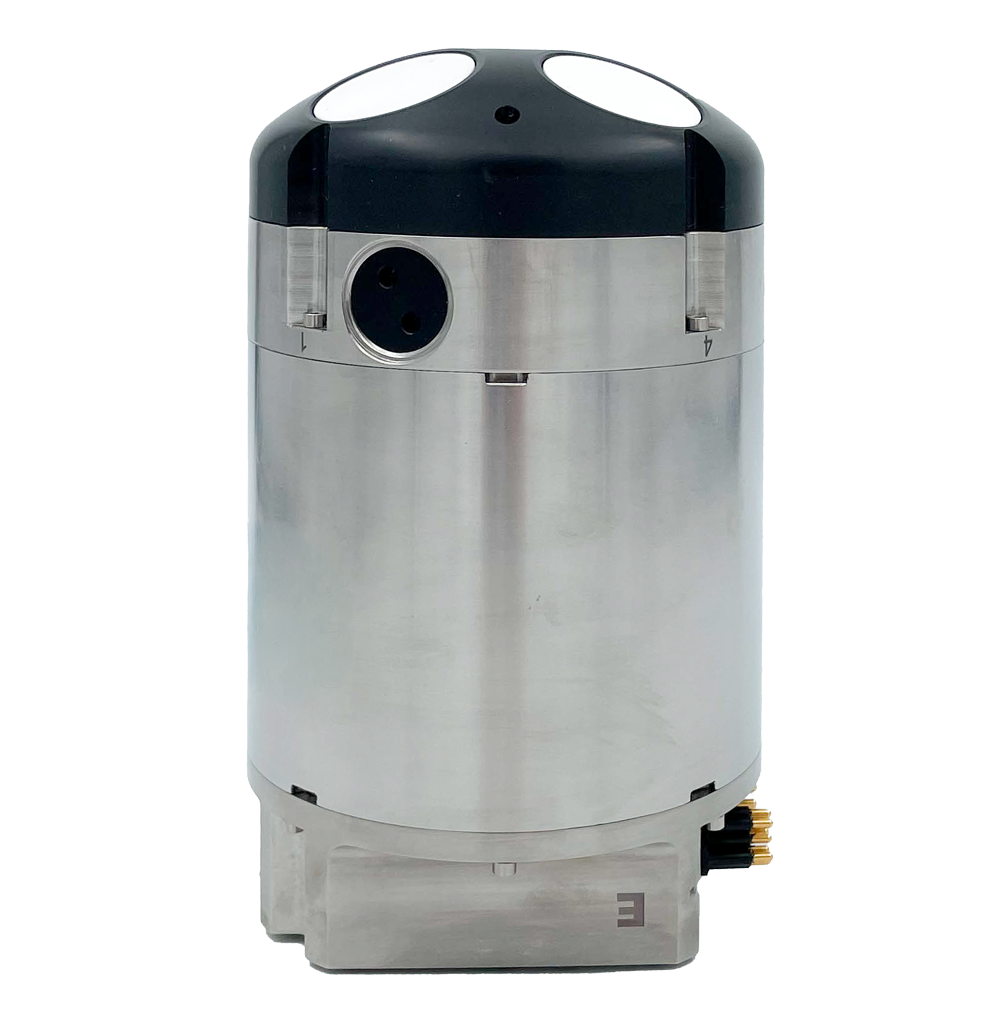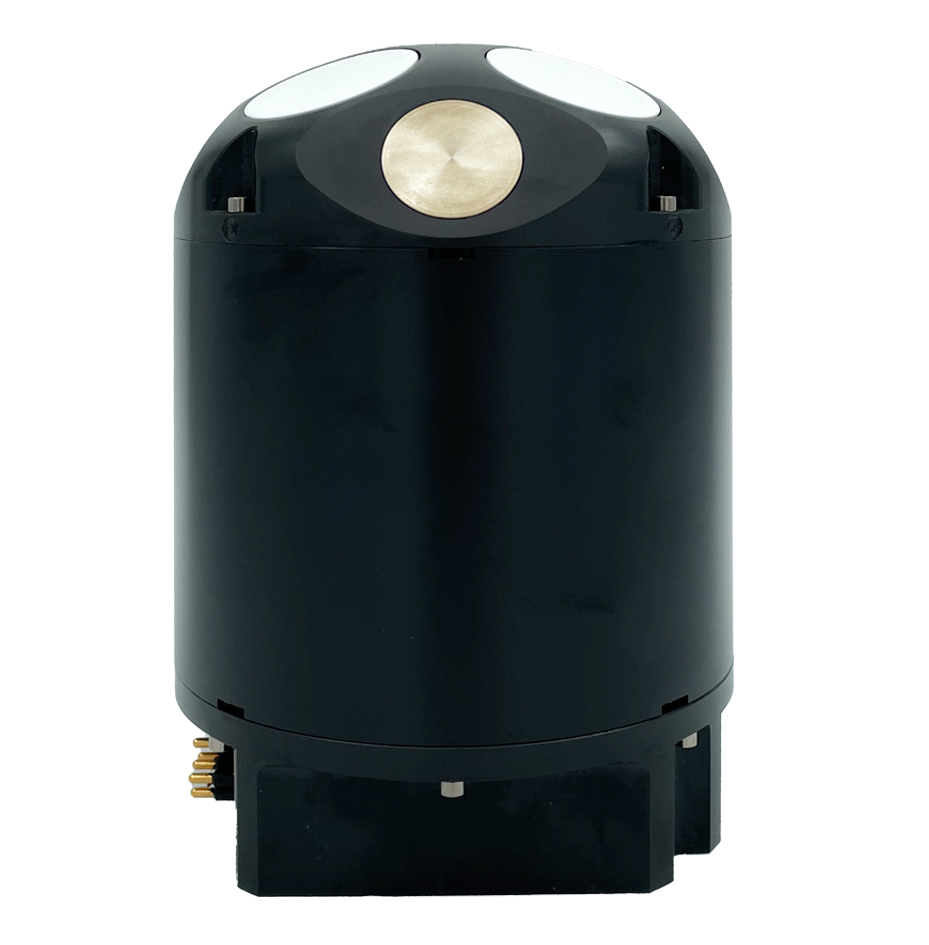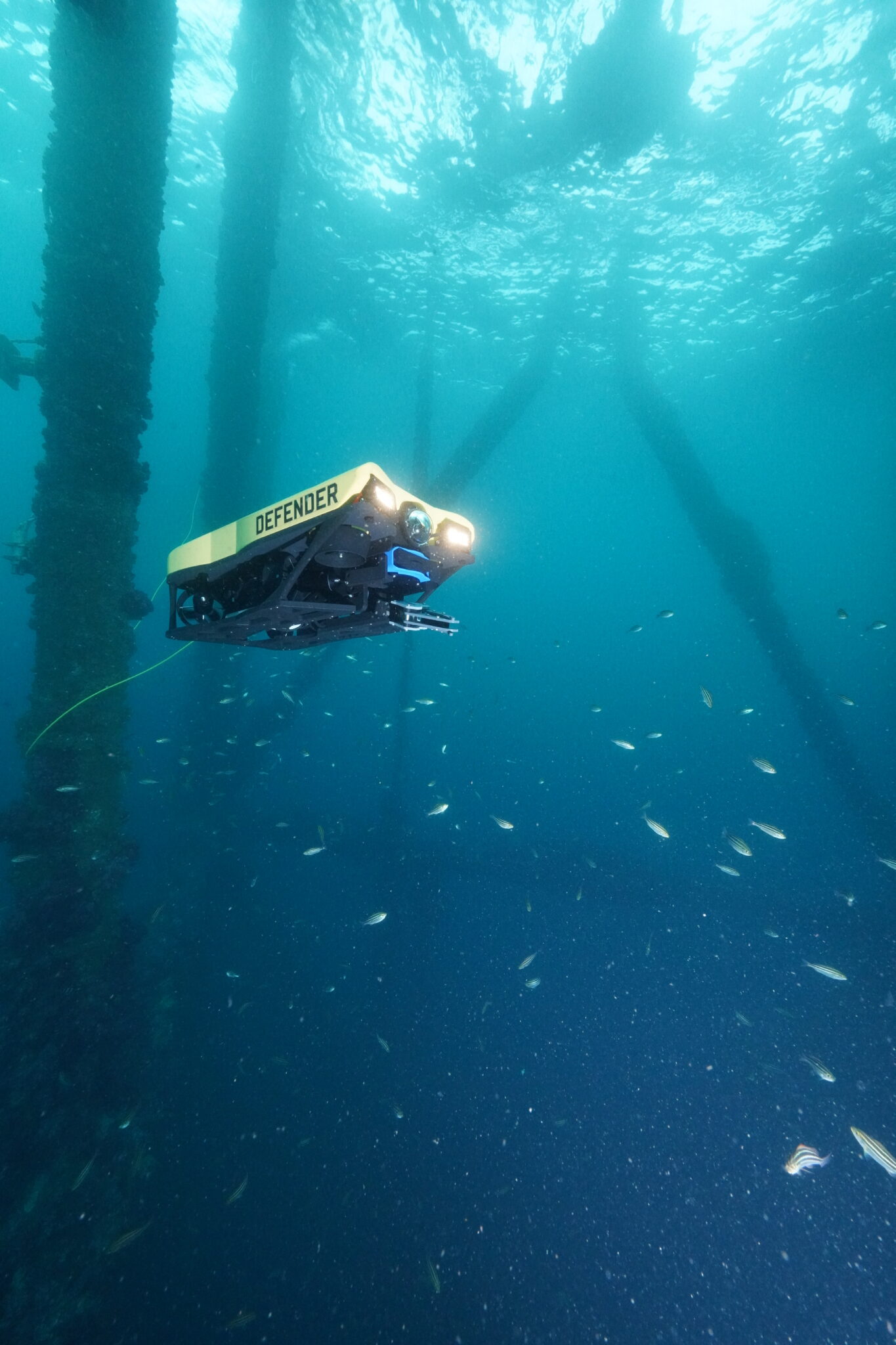
VideoRay relies on Nortek DVLs for trusted performance in high-stakes missions
- User stories
Synopsis
Challenge
Precise navigation of subsea vehicles is crucial in hazardous missions, including explosive ordnance disposal. VideoRay’s Mission Specialist Defender ROV needs a system that ensures accurate, dependable performance in the most demanding operations.
Solution
VideoRay worked closely with Nortek in the development of the DVL 500 Compact, which provides a small footprint, long range, and proven performance in challenging environments.
Benefit
Equipping the Defender with the DVL 500 Compact enables the vehicle to navigate with precision when identifying and neutralizing hazards. It also enables the vehicle to perform more tasks autonomously with reliable positioning information.
Pennsylvania-based VideoRay, an AV company, is the world’s leading manufacturer of underwater robotic systems. VideoRay’s Defender ROV is a rugged, mission-ready platform that has proven small machines can take on big missions underwater. The Defender is trusted and proven in defense applications and has been selected by the U.S. Navy to support the Navy’s Explosive Ordnance Disposal Underwater Vehicle Program and the MESR (US Navy’s Maritime Expeditionary Standoff Response) program of record. For this application, the Defender relies on Nortek’s DVL 500 Compact for navigation and vehicle control, crucial functions during complex and high-stakes missions.
Reliable navigation sensors: crucial for vehicle performance
Underwater operations are increasingly relying on high-performance uncrewed and autonomous systems to perform tasks which previously put divers in harm’s way. Reliable navigation sensors are key to making this transition possible.
The Defender ROV, part of VideoRay’s Mission Specialist series, is renowned for its performance capabilities. Its small size makes it easily deployable and highly maneuverable, but it maintains its ability to lift heavy payloads, move quickly, and perform complex tasks requiring high degrees of precision.
The Defender uses Nortek’s DVL 500 Compact as the core of the vehicle’s navigation system, providing pilots with pinpoint positioning in environments where GNSS is unavailable. From station keeping to advanced mission profiles such as automated waypoint following, it is the enabling technology that allows operators to push ROVs into missions once thought to be beyond reach.
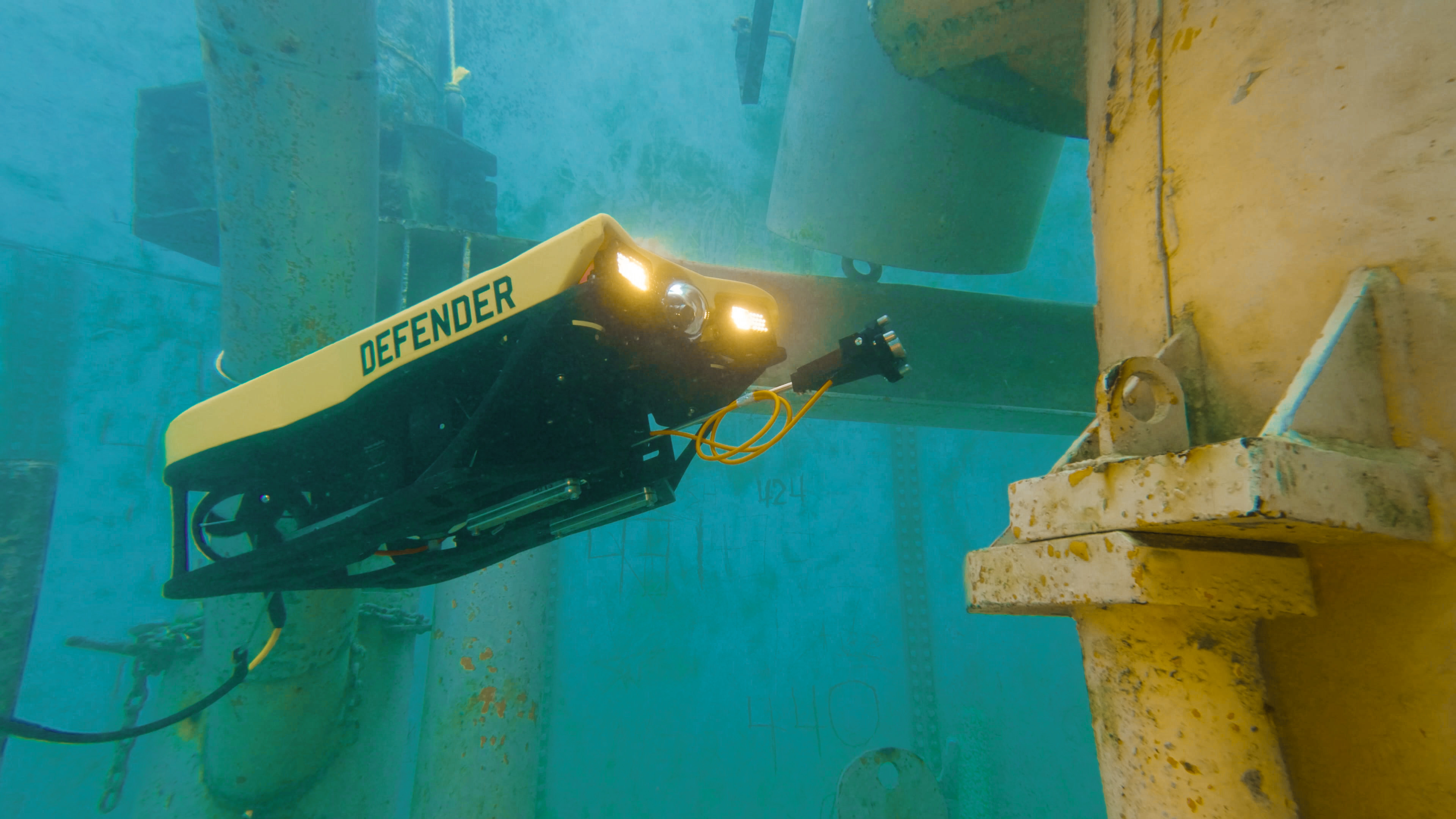
“The Nortek DVL is our primary navigation sensor,” says Andy Goldstein, Product Line Chief Engineer at VideoRay. “We use it coupled with our AHRS to give a navigation position in our system. The DVL is arguably one of the most important sensors we have in the system.”
The DVL also is the enabling sensor for the vehicle to perform tasks autonomously, a growing demand in the subsea vehicle market.
“As we move forward and add more autonomy like coupled manipulation and one-click inspections, the performance of the DVL becomes more and more critical,” says Goldstein. “Without the DVL, the robot has no idea where it is or how it’s moving.”
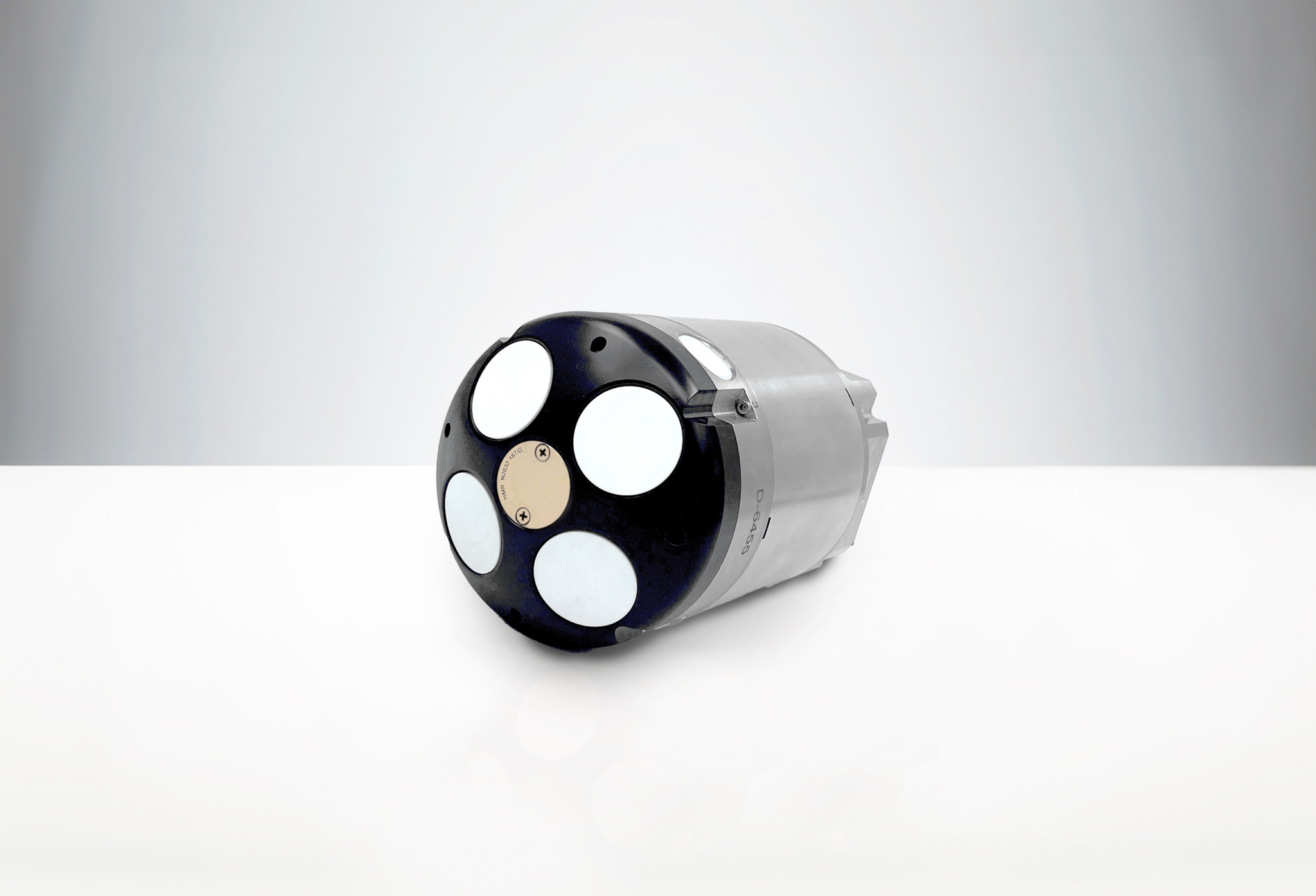
Trusted performance in defense applications
For many end users, performance of the system, including precision navigation, is not optional; it’s the difference between success and failure in high-stakes operations. This includes Explosive Ordnance Disposal (EOD) missions: locating and safely neutralizing explosive material, such as underwater mines, in high-risk areas in contested environments.
“It’s all about precision navigation,” says Eric Wirstrom, VideoRay’s Vice President of Sales and Business Development, who has over 20 years of defense industry experience. “The ocean is a big place. Once you’ve found something on the seafloor, it’s very important to know exactly where it is so you can get back to it and do something with it – either as part of a package that is attached to the vehicle, or as a second mission.”
Wirstrom, who previously worked as an EOD officer for the U.S. Navy, emphasizes the importance of replacing human divers with robotic systems when possible in dangerous underwater environments.
“What the DVL and the ROV do in this case is take guys like me out of danger in the water column,” he explains.
Wirstrom notes that while the need for military divers in EOD applications is not completely eliminated by use of the ROV, employing unmanned technology makes operations safer and improves operational reach, speed and confidence.
“The vehicle, equipped with advanced sensors and highly accurate navigation, allows military personnel to quickly and reliably detect threats, often at depths that are unreachable by manned solutions like diving,” he explains. “We’re able to provide that reach and standoff to enable dangerous missions to be executed.”
While the Mission Specialist Defender is commonly used for defense applications like EOD, the same benefits apply in commercial sectors like oil and gas. Operators use the ROV to inspect pipelines and infrastructure safely, faster and more efficiently than by performing inspections with divers.
VideoRay’s Mission Specialist technology delivers flexibility and performance by using a modular, open-architecture design. This approach allows operators to configure a single ROV for a variety of missions. Just as importantly, the modular design enables basic repairs and maintenance to be performed in the field by simply swapping out key modules, dramatically reducing downtime and keeping critical operations on schedule.
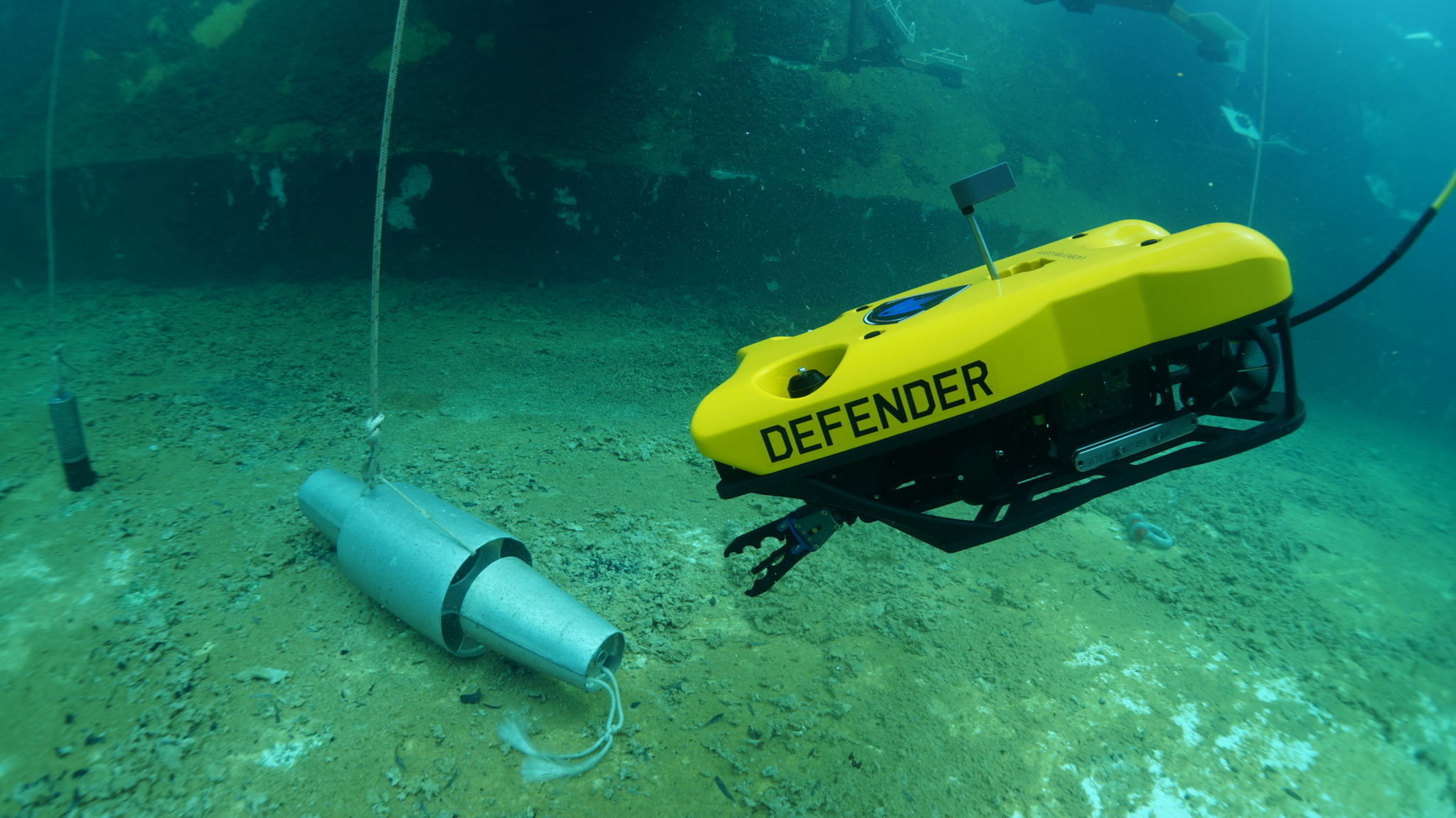
Moving underwater technology forward
As both ROV and sensor technology has developed over the years, VideoRay and Nortek have worked closely together to ensure top performance. While the Defender originally used the DVL 1000, VideoRay required a sensor with longer range and better performance in a noisy environment.
“Our vehicle was a little too noisy for the 1000,” Goldstein recalls. “So we came back to Nortek, and they stepped on the accelerator to get us the Compact 500. They also worked with us on engineering noise mitigations, and it’s been really successful.”
The DVL 500 Compact offers the same housing as the original DVL 1000 but offers more than twice the range, as well as additional features including noise shielding. This made it the ideal solution for the Defender.
This ability to be agile and quickly develop technology to meet industry needs exemplifies the collaborative and innovative approach both Nortek and VideoRay value highly.
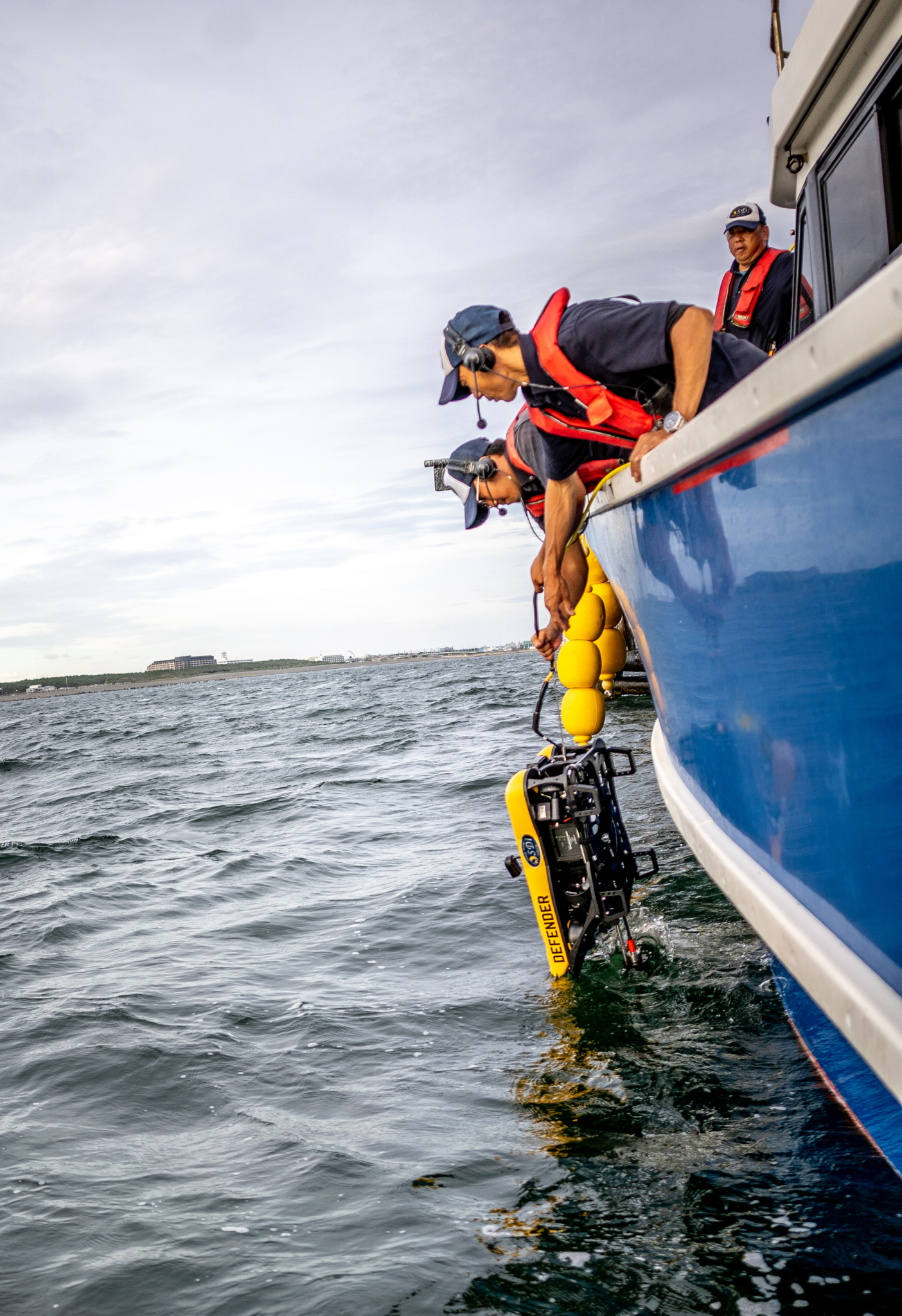
Collaboration that scales
From defense to commercial inspection, the Defender in conjunction with Nortek’s DVLs show how compact ROVs can perform missions once reserved for larger, costlier systems. What makes it possible is not just cutting-edge technology, but a partnership built on responsiveness and co-innovation.
“Nortek has been incredibly responsive to our requests,” Goldstein emphasizes. “Together, we’ve created something that changes the way people think about what small ROVs can do.”
The Defender is the industry-standard choice for EOD missions and other high-stakes defense applications because of its proven reliability, including the performance of its navigation system. The industry is moving increasingly towards the use of uncrewed and autonomous systems in hazardous and high-risk environments, and innovation and dependability will continue to be key.
As the ocean economy expands and subsea missions grow more complex, one thing is clear: in underwater robotics, the future doesn’t belong to the biggest machines, it belongs to the smartest collaborations.
